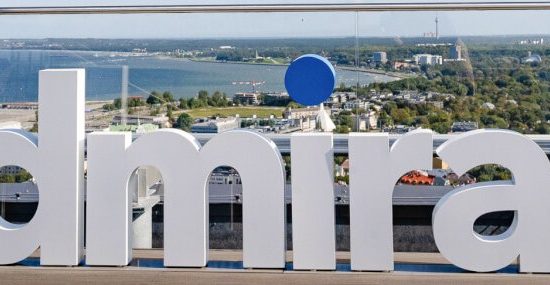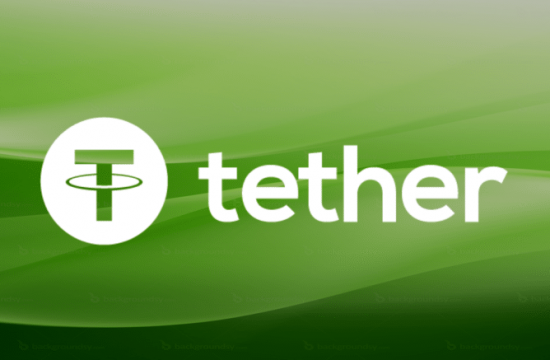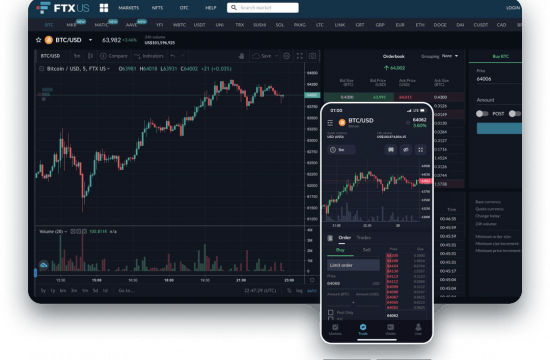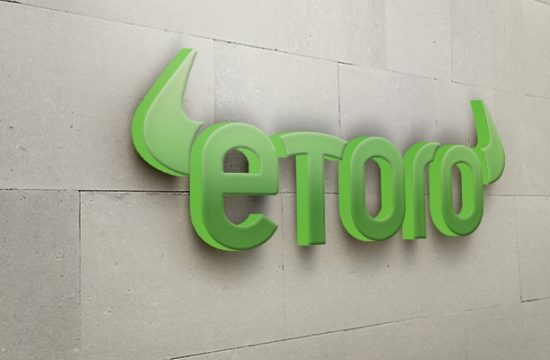In what can be seen as a big boost to the Avalanche network, the Umbrella Network has brought on its data offerings to the Avalanche network through its oracle and this would help the developers on the network to get access to a lot of data.
Access to external data is very important for any network and it serves multiple purposes for the developers on the network. That is why the launch of the oracle from Umbrella network for over 1800 data pairs is big news for the network as it throws open the doors for more applications to be built on it using the data. Already, the Avalanche network has been growing very strongly over the last few months with the transactions volumes, active users, and amount of assets ported over from Ethereum through the Avalanche network hitting all-time highs. The network is seen as a strong competitor to the Solana dn Ethereum in the future with its high transaction speeds and low gas fees.
“We have seen a lot of momentum on Avalanche over the past few months, said Sam Kim, Partner at Umbrella Network. “Umbrella Network is uniquely positioned to provide the data the ecosystem needs at a much higher scale and reduced price point compared to other oracles currently operating within the network. It is also well-positioned to support many of the dApps looking for more custom or sophisticated data solutions outside of the more commonly available data feeds.”
Umbrella Network will provide oracle data including both the mid and long tail of the crypto market as well as the US equities markets and the entire Russell 2000, a market index comprised of 2,000 small-cap companies. It will also offer Implied Volatility and Arbitrage Free Option Pricing data to the ecosystem. These are essential to the longevity of the ecosystem because they provide the information needed for community members to make informed decisions on investment strategies and more.
The Umbrella Network had already launched on BSC, Polygon, and Ethereum and it aims to become a multi-chain oracle solution and looks to cover as many chains as possible over the coming months. This will also help in improving the interoperability between the various networks which would be the ultimate goal of many of the larger applications.












